Alcatraz Island, with its imposing prison buildings, chilling history, and breathtaking views of the San Francisco Bay, has long been a symbol of mystery, fear, and fascination. Once the dwelling place of some of America’s most infamous criminals, this storied island now serves as a reminder of a complex past. My recent visit to this iconic location was an unforgettable journey, filled with deep reflections and newfound insights into its rich history—ranging from its time as a federal penitentiary to its pivotal role in the struggle for Indigenous rights.
Alcatraz – A Prison That Held Legends
As I strolled through the dimly lit cell blocks, the somber atmosphere of Alcatraz’s history as a federal prison was overwhelming. This facility, once deemed inescapable, housed some of the country’s most notorious criminals.
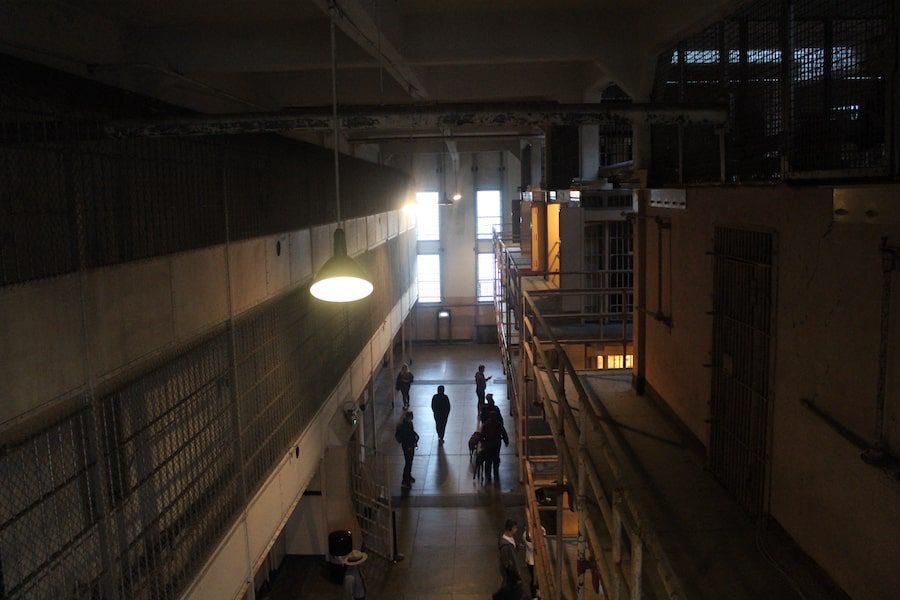
Among these inmates was Robert Stroud, famously known as the Birdman of Alcatraz. His story presents one of the most captivating contradictions in criminal history—a man convicted of violent crimes who found solace in caring for and studying birds. This love for creatures made a striking contrast to the harsh realities of prison life.
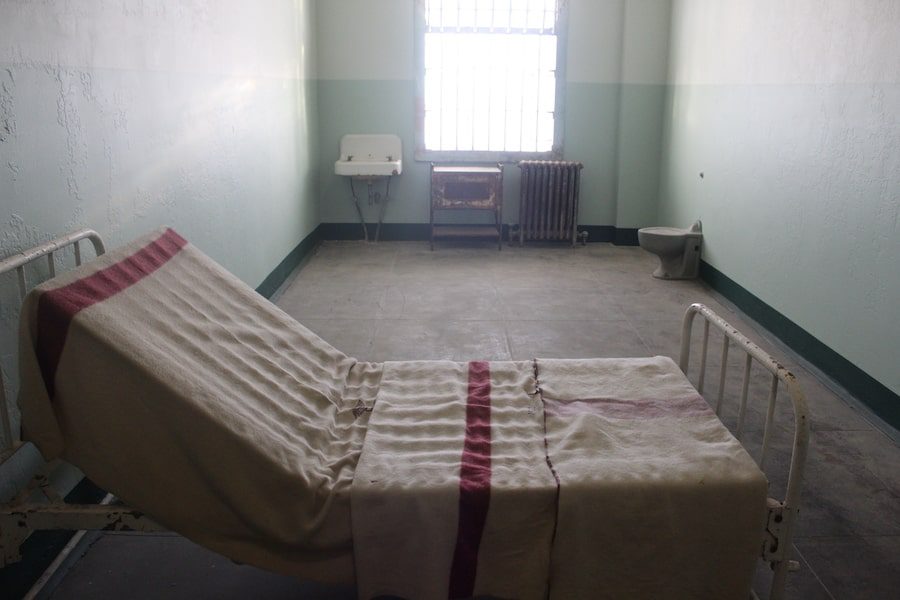
Another prominent figure who resided at Alcatraz was Al Capone, the notorious gangster and one of the first inmates. Once reigning over Chicago’s criminal underworld, Capone found himself subdued by the rigorous routine of prison life on the Rock.
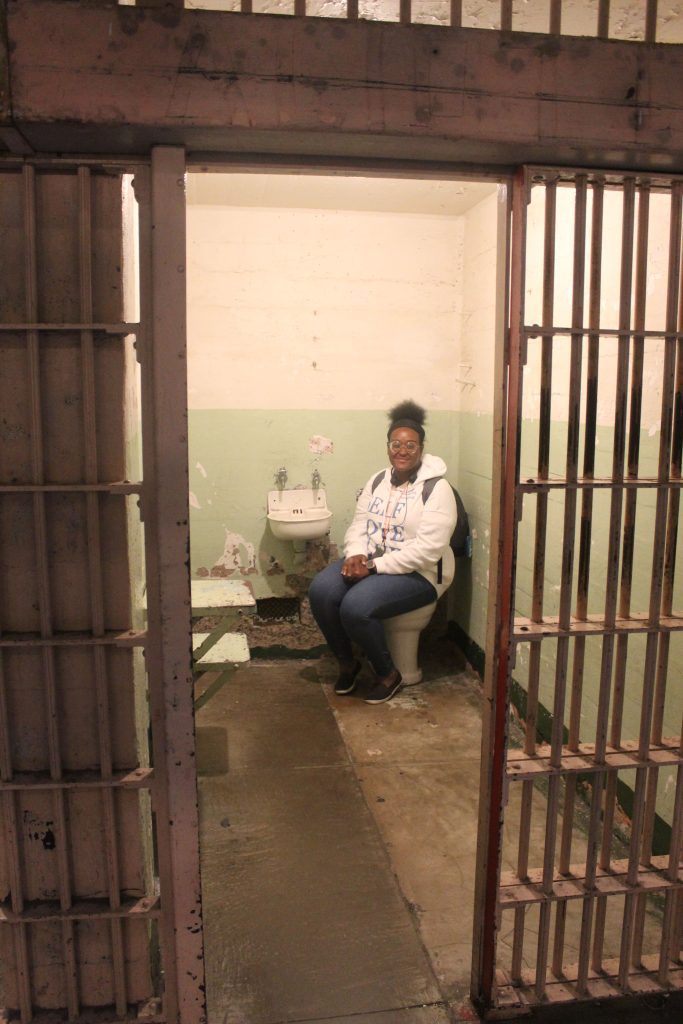
As I passed these cells, I was moved by the profound sense of isolation and despair that must have enveloped these men, who, despite their prior power and influence, were reduced to mere shadows of their former selves within these cold, unforgiving walls.
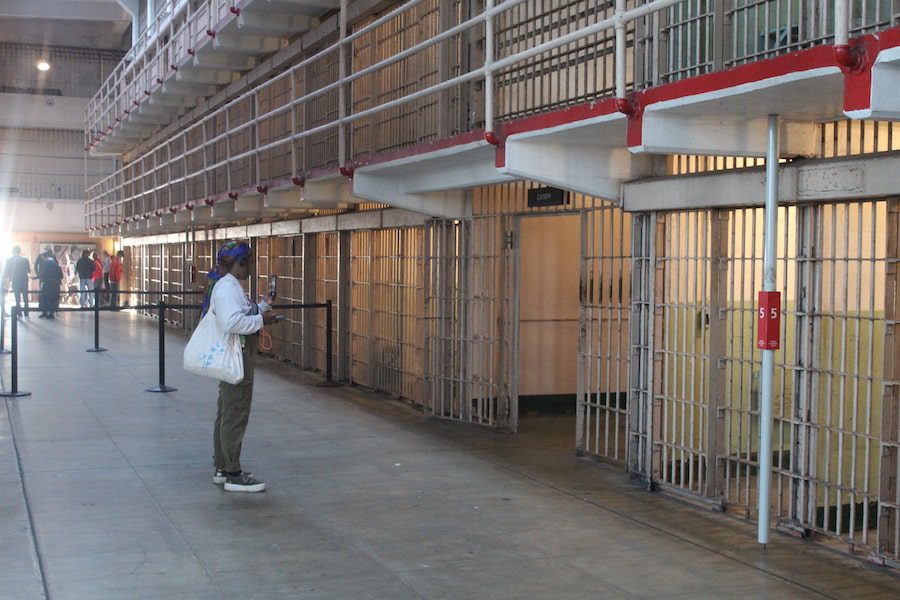
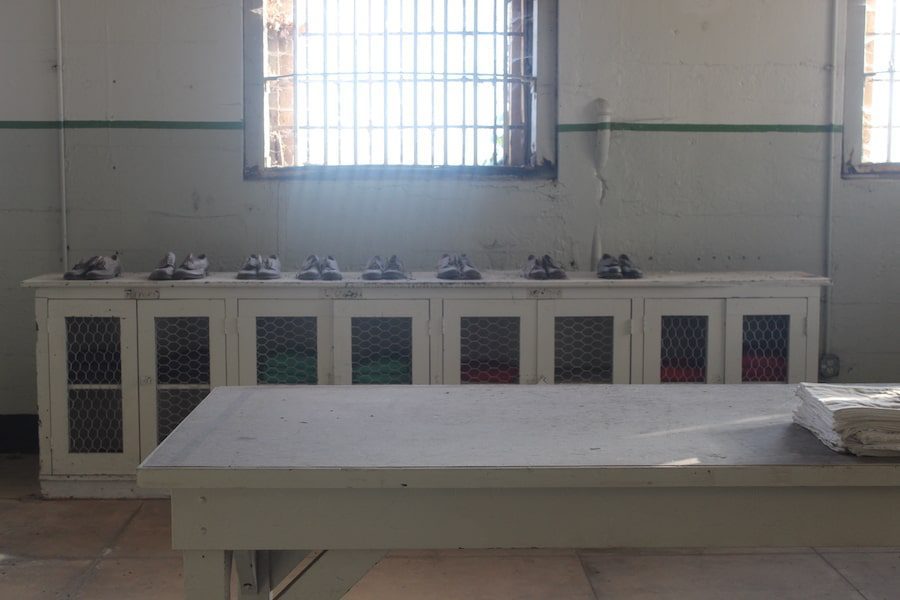
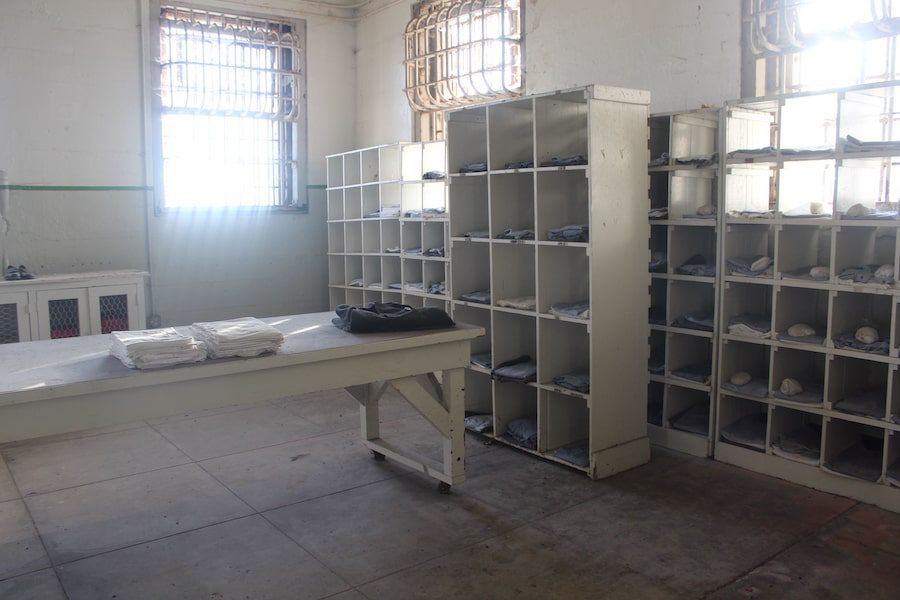
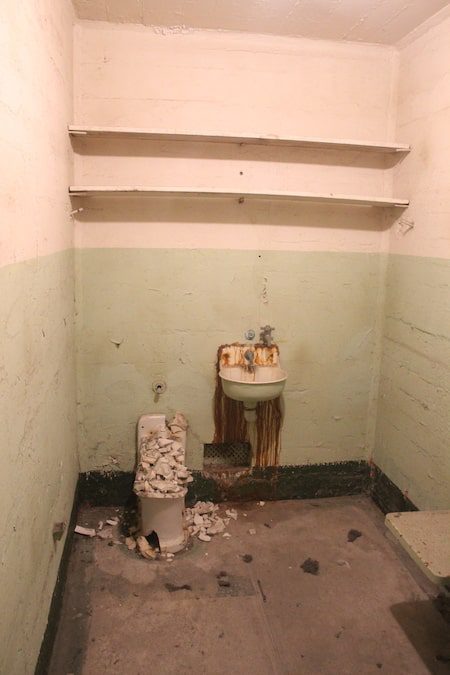

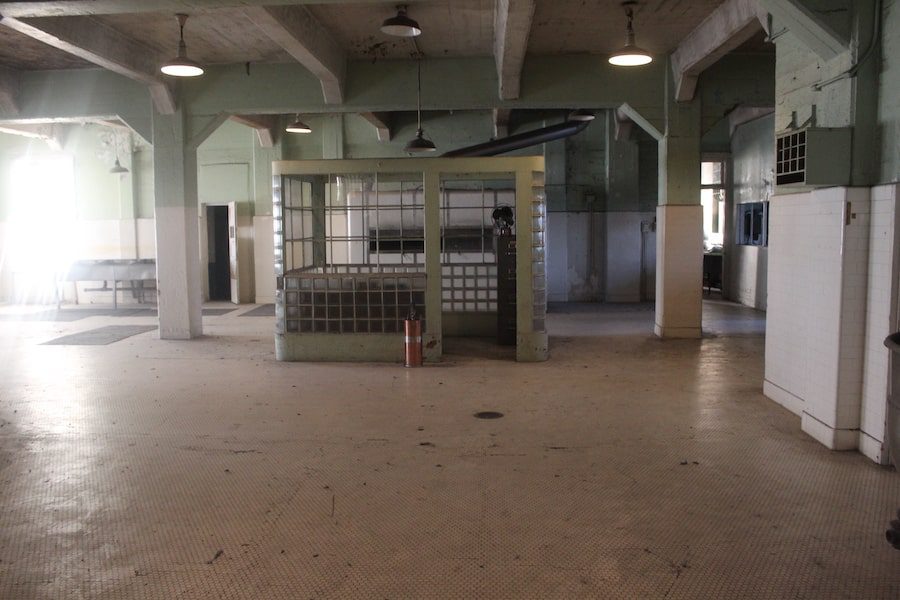
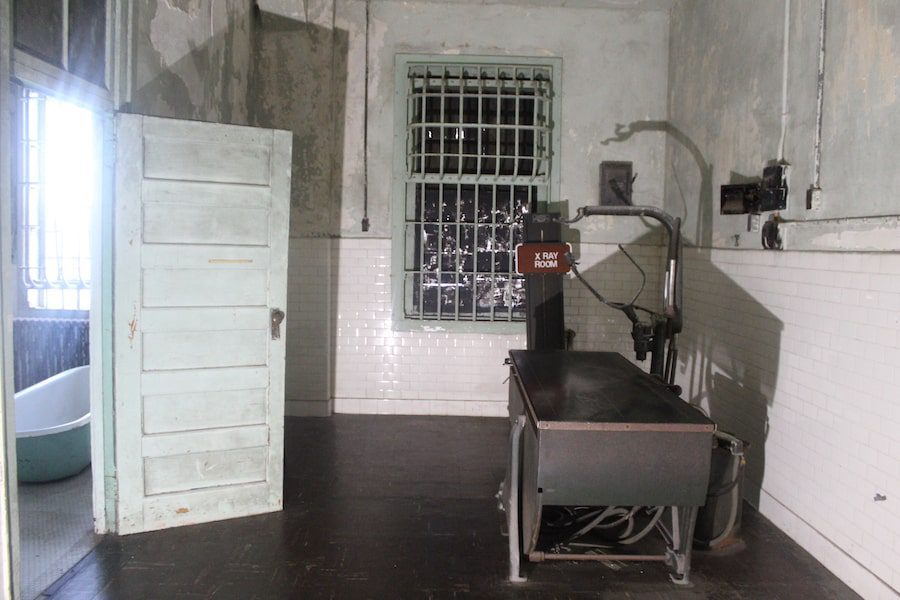
Sacred Places Within the Walls
As I continued my exploration of the prison, I was captivated by various places that held special significance within its confines.
The chapel, meant to be a sanctuary for spiritual reflection, was the only area within the prison where violence never erupted between inmates. It served as a gathering spot for prisoners seeking forgiveness or simply a moment of tranquility amidst their turbulent lives.
The courtyard, a rare outdoor space, offered the incarcerated a brief glimpse of freedom, despite the imposing stone walls that surrounded them. In this open-air setting, prisoners could socialize, exercise, or just gaze up at the sky, momentarily escaping their harsh reality.
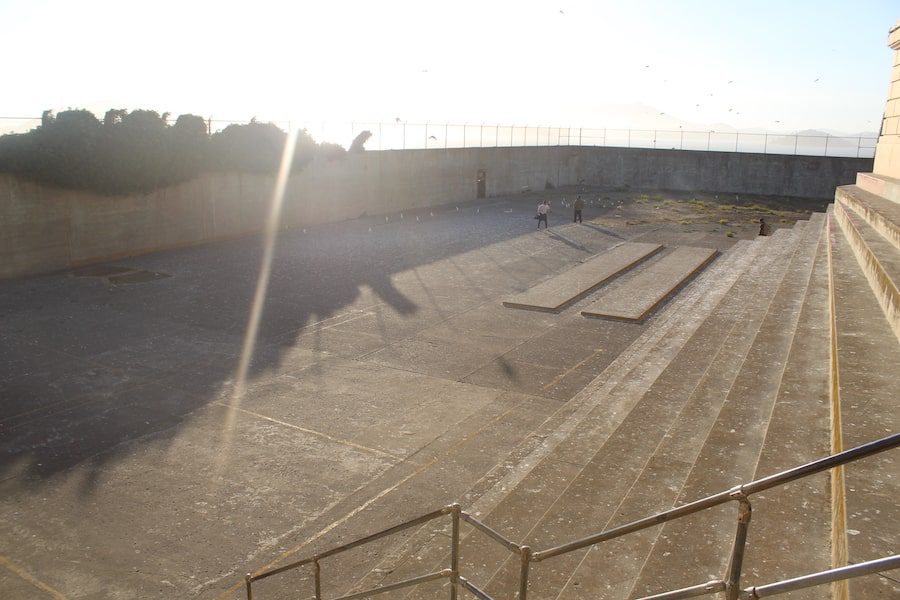
The library, filled with literary treasures, provided an escape to worlds far beyond their prison cells for a few lucky individuals. For many, it was an essential link to life outside, offering knowledge and a semblance of normalcy.
Overseeing these sacred spaces was the guard’s watch zone on the second floor, a stern reminder of the prison’s constant monitoring and control. From this vantage point, the guards kept a close watch on the inmates below, always alert for signs of rebellion or escape attempts.

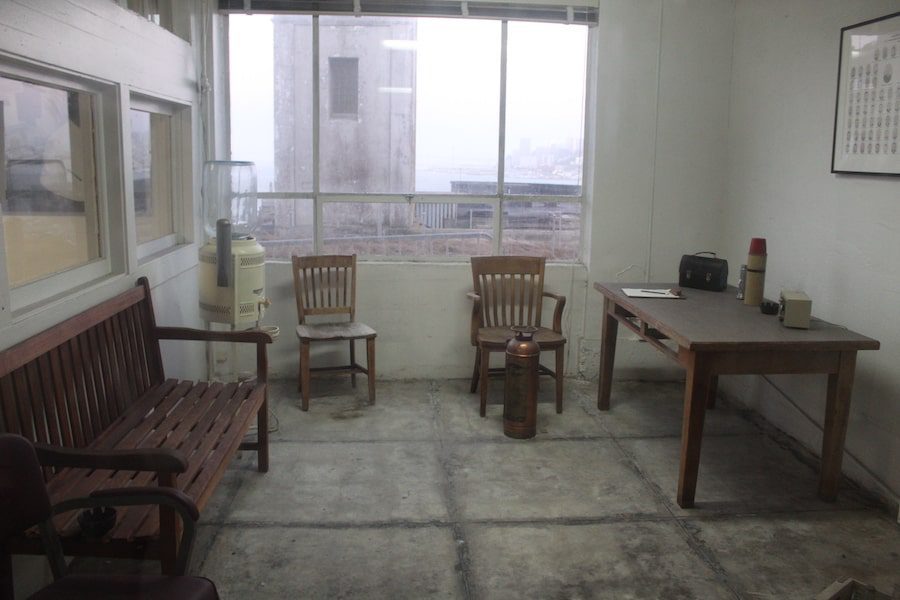
Alcatraz’s Indigenous Legacy
While Alcatraz is predominantly recognized for its history as a federal prison, it also plays a vital role in the narrative of Indigenous resistance throughout the United States. Following its closure in 1963, Alcatraz became the backdrop for a remarkable chapter in the fight for Indigenous rights. In 1969, a group of Native American activists occupied the island, declaring it as Indian land. This occupation, which continued until 1971, served as a potent statement against the systemic injustices faced by Indigenous peoples in America.
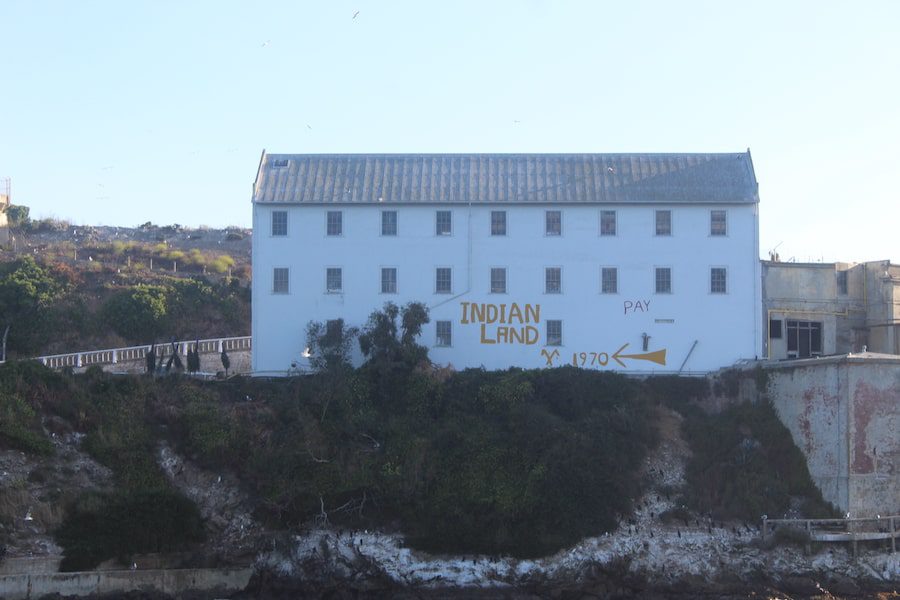
The activists’ goal was to reclaim Alcatraz as a cultural and educational center to celebrate and preserve Native American heritage. Their message was undeniable: Alcatraz, once associated with confinement and despair, could emerge as a powerful symbol of freedom and cultural rebirth.
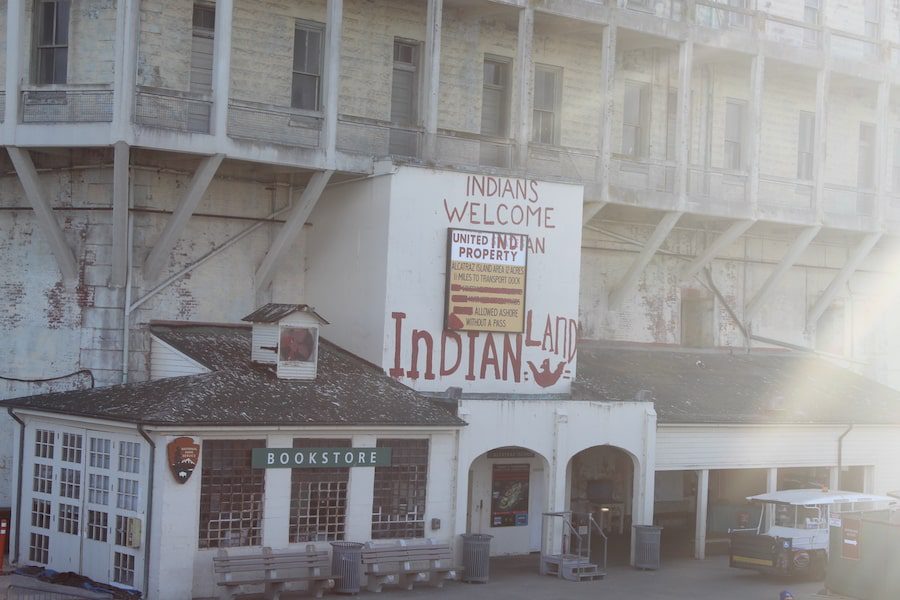
Despite the eventual end of the occupation, it left an enduring impression on the history of Indigenous activism, elevating awareness about Indigenous issues and inspiring future generations to persist in the fight for justice and sovereignty.
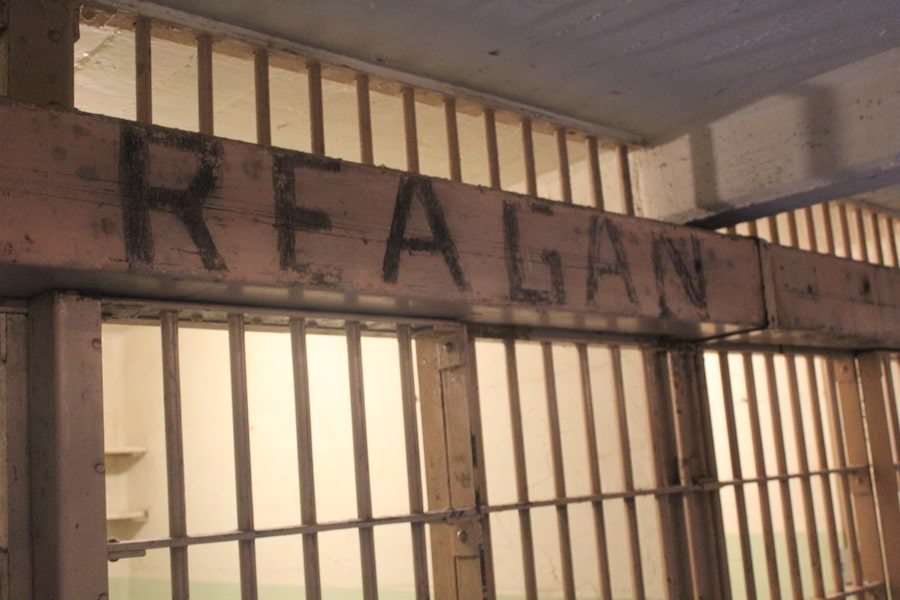

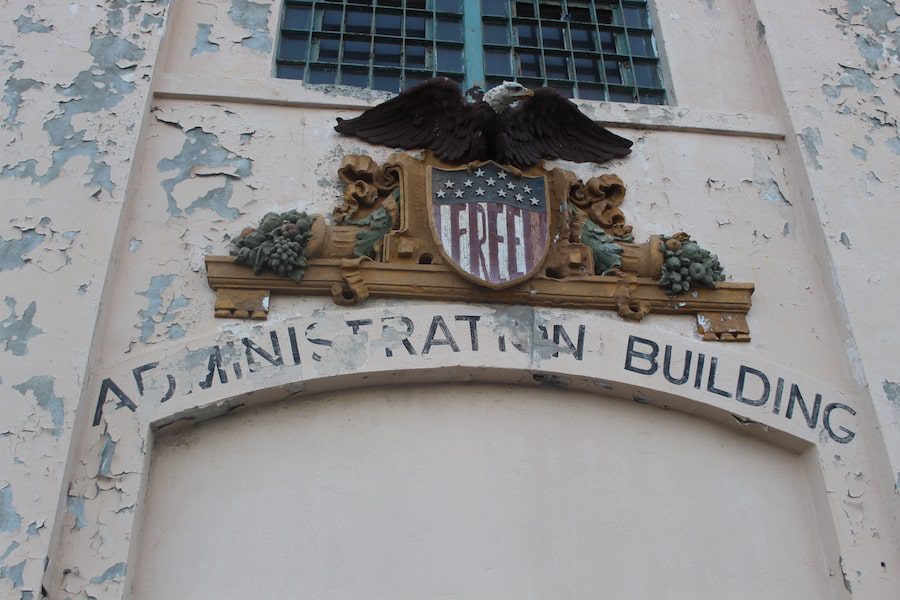
Legends and Escapes of Alcatraz
Alcatraz was engineered to be an impenetrable fortress, yet it became the setting for some of the most audacious escape attempts in American history. The most notable escape occurred in 1962, when Frank Morris and the Anglin brothers, John and Clarence, ingeniously devised a plan to flee the island.
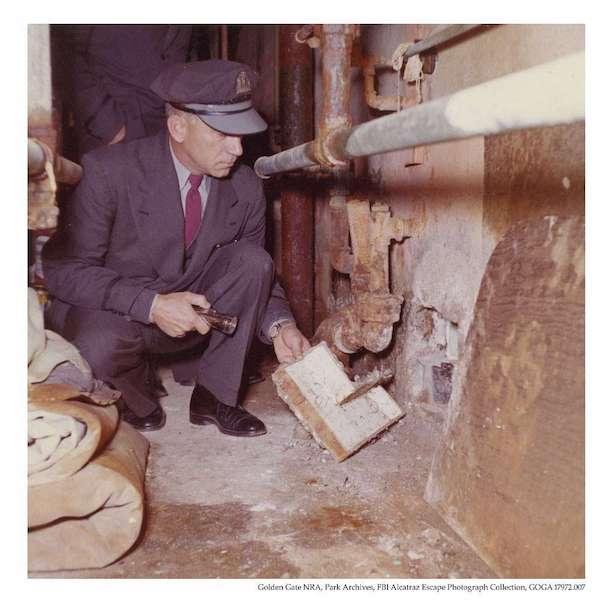
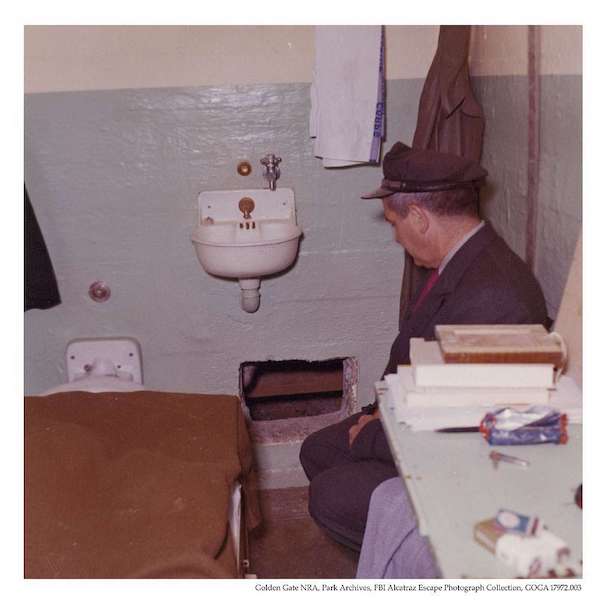
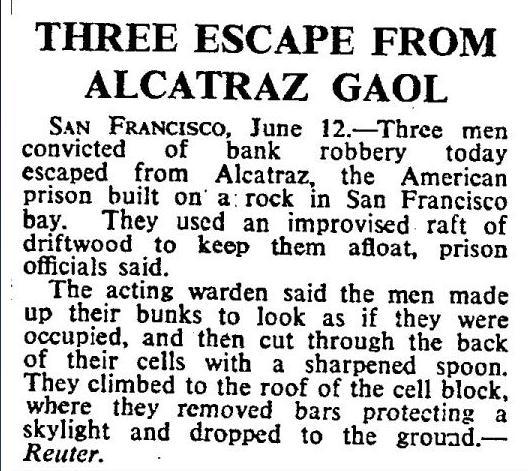
After months of digging through their cell walls with makeshift tools, they escaped through utility corridors and launched a raft made from raincoats into the perilous waters of San Francisco Bay. Their ultimate fate remains one of the most tantalizing mysteries, as no trace of them was ever found, leaving the question open of whether they successfully achieved freedom.
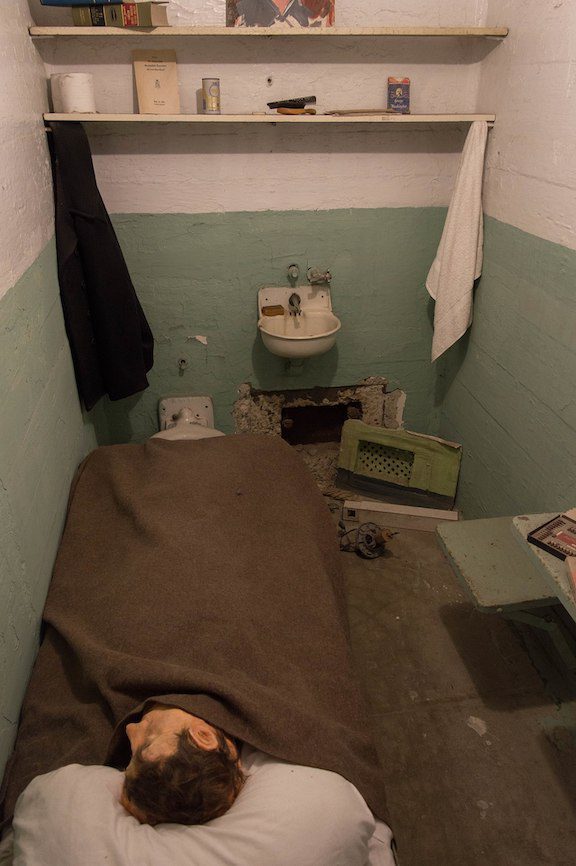
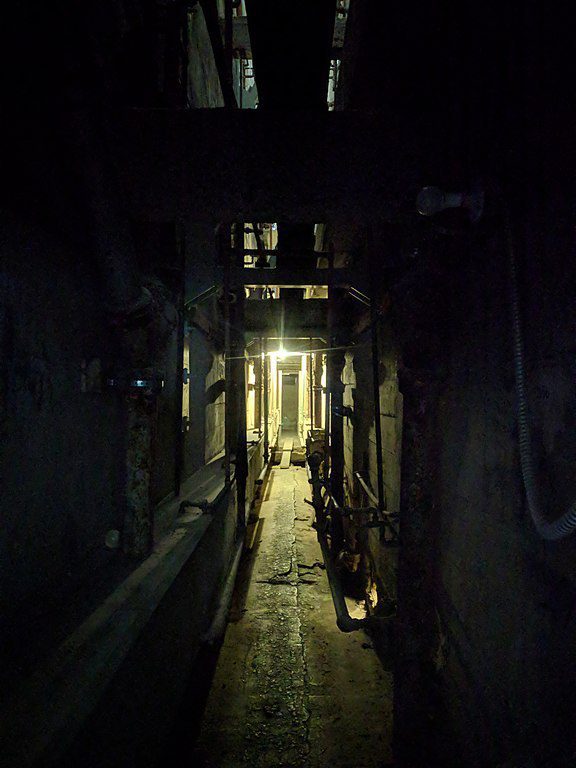
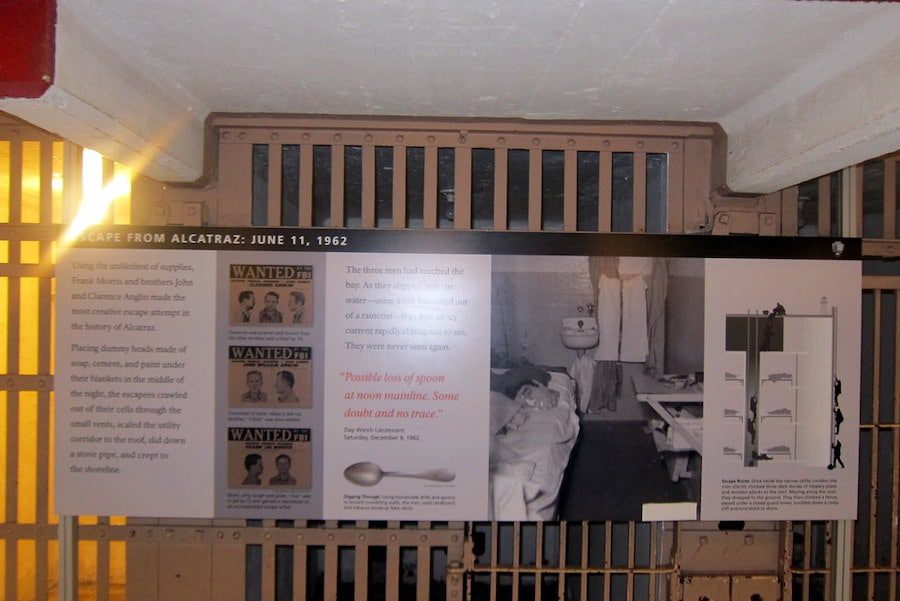
Other notable escape attempts include the mysterious 1937 disappearance of Theodore Cole and Ralph Roe, who vanished into the foggy bay waters, and the violent 1946 Battle of Alcatraz, where six inmates tried to break free, resulting in a bloody standoff.
These escape attempts have only added to Alcatraz’s legend, transforming it into a symbol of both the limits of human confinement and the relentless quest for freedom.
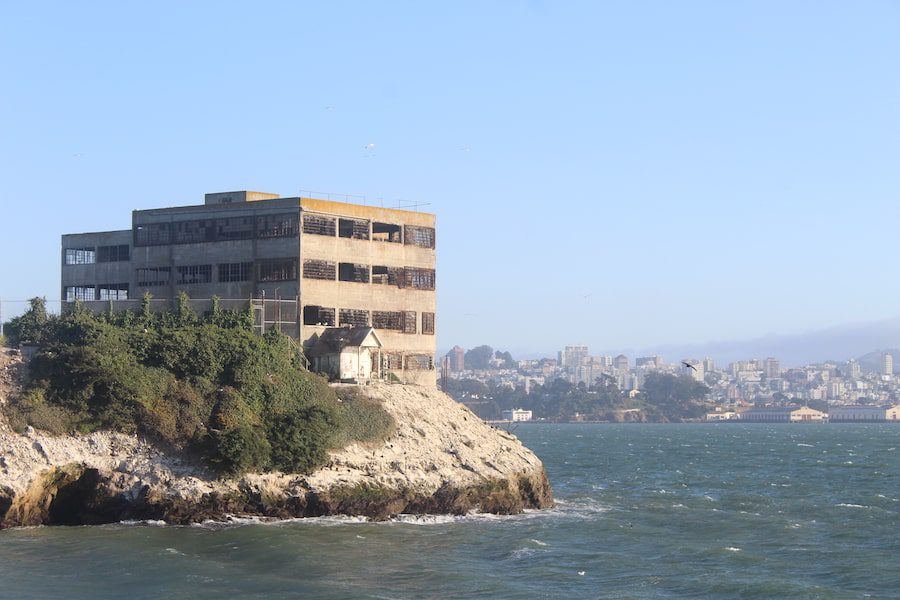
Reflections on a Journey
My visit to Alcatraz Island was a profound journey, delving into both the bleakest and most resilient aspects of human history. The tales of its imprisoned inhabitants and those who fought to redefine its legacy serve as powerful reminders of history’s complexities.
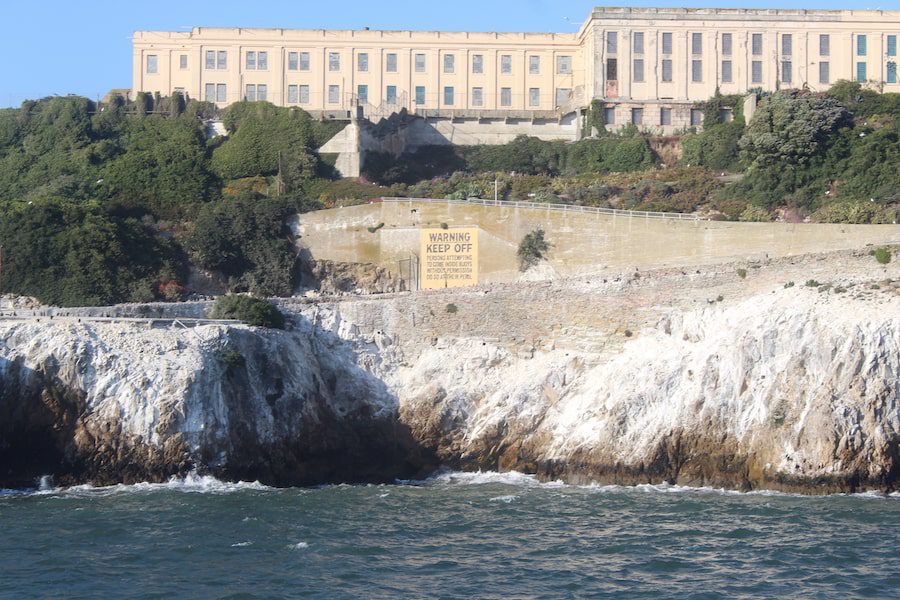
Alcatraz Island is more than just a former prison—it is where history, suffering, and resilience converge. My journey to this island was not merely a step back in time but also a forward stride in comprehending the intricate fabric of American history, encompassing the notorious criminals who once inhabited its cells and the courageous activists who sought to redefine its significance. This visit will remain etched in my memory for years to come, serving as a powerful testament to the enduring human spirit and the complex narratives that shape our world.

Finally, I want to extend a heartfelt thank you to Stanford from National Parks for the remarkable private tour and the wealth of information he provided. His passion and dedication made this visit an experience I will forever cherish.
San Francisco Accommodations Map
If you’re looking for a place to stay during your visit to San Francisco, check out this interactive map detailing various accommodations available.
Disclaimer: This post contains affiliate links. If you make a purchase after clicking one of these links, we may earn a small commission at no extra cost to you. This commission helps support our writers in sharing their stories. We only recommend products and services that we have personally tried.



